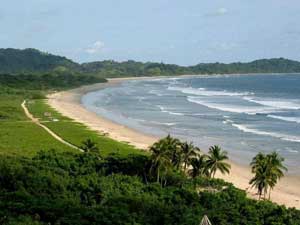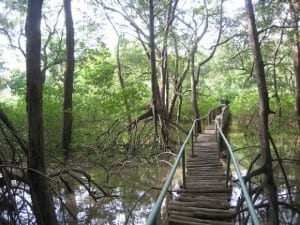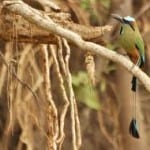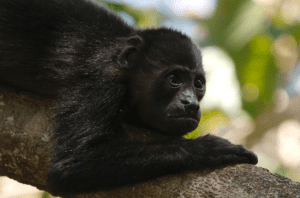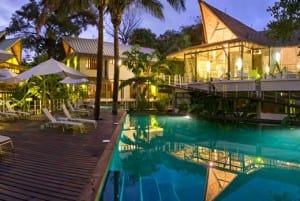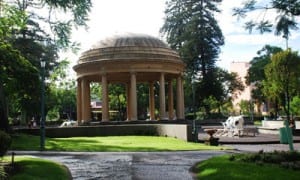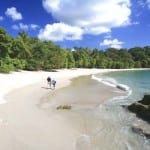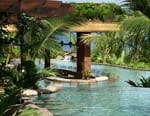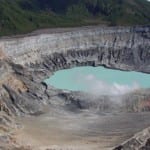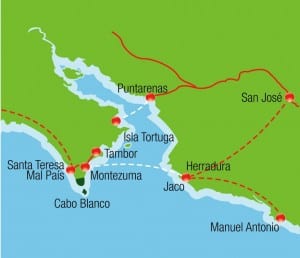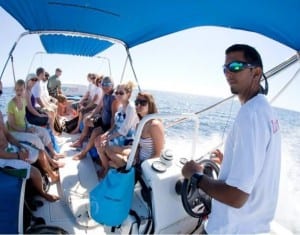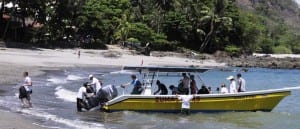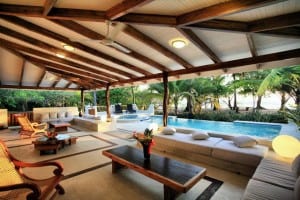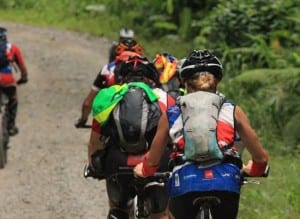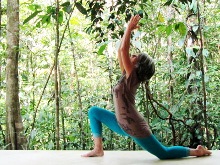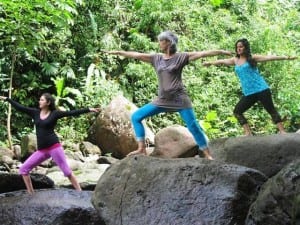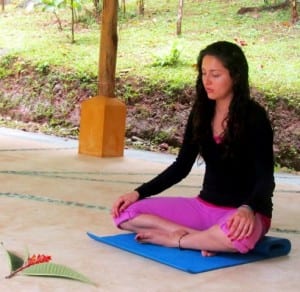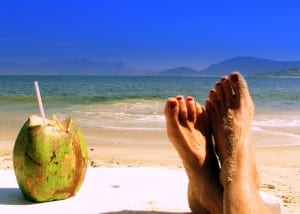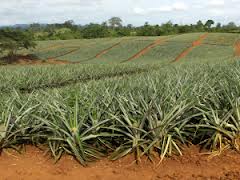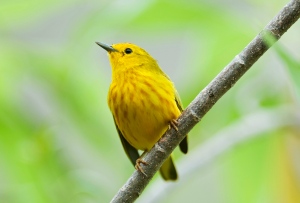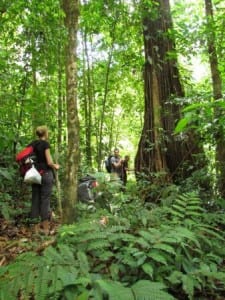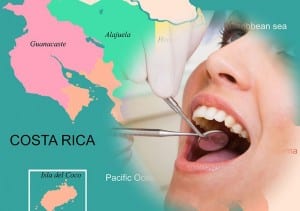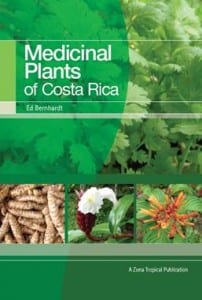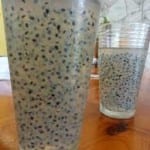I met a woman and her husband in the airport recently, while we were waiting to board our flight out of Costa Rica. They were tanned and relaxed, and had been enjoying the country's beaches and rainforest … all for free! They had won a work contest to sell the most furniture for their company and earned the free incentive trip. This was actually the couple's second year in a row to win – last year they went on a cruise to Mexico.
This is pretty ingenious – sell a lot of products for your company, make a lot of money doing so, and then get to go on vacation for free. Not a bad deal!
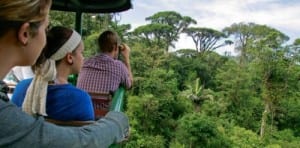 Incentive travel has long been used as a motivational tool for improving employees' productivity and strengthening relationships with customers and partners. According to business reports, incentive travel generates expectations which gives employees a clear goal and keeps them focused for a longer period than the motivation of monetary bonuses.
Incentive travel has long been used as a motivational tool for improving employees' productivity and strengthening relationships with customers and partners. According to business reports, incentive travel generates expectations which gives employees a clear goal and keeps them focused for a longer period than the motivation of monetary bonuses.
"Motivating employees is always one of management's biggest concerns. During an economic downturn, the retention of excellent employees becomes even more important. Organizations that develop cultures based on employee recognition and rewards programs will be better positioned to survive, and even thrive, because their employees remain motivated and engaged," reports the Incentive Research Foundation (IRF) in the study "Anatomy of an Incentive Travel Program."
 Like the couple on their incentive vacation, Costa Rica has become a popular destination for MICE tourism (Meetings, Incentives, Conferences and Events). Congresses, conventions, fairs, exhibitions, festivals, concerts and special events are developing into important elements of Costa Rica's prosperous tourism industry, notes the Costa Rica Convention Bureau.
Like the couple on their incentive vacation, Costa Rica has become a popular destination for MICE tourism (Meetings, Incentives, Conferences and Events). Congresses, conventions, fairs, exhibitions, festivals, concerts and special events are developing into important elements of Costa Rica's prosperous tourism industry, notes the Costa Rica Convention Bureau.
"Costa Rica is a destination that offers many vacation options; it is a leader in adventure travel and ecotourism, a favorite destination for health and wellness tourism, educational tourism and youth tourism," remarked Allan Flores, Costa Rica Tourism Minister.
Costa Rica offers good value and an excellent range of services and infrastructure, from five-star resorts to one-of-a-kind boutique hotels, creative incentive travel operators (DMC's) with extensive experience, luxury transportation, multilingual guides, venues for themed events, and gourmet cuisine. As a destination, Costa Rica offers plenty of exciting activities – national parks, volcanoes, beaches, whitewater rafting, surfing, world-class sportfishing, golf, and rainforest exploration. Cultural and nature tours feature coffee production, butterfly and botanical gardens, rural tourism, artisan crafts, and tours of cities and towns.
 For U.S. companies, holding an incentive trip, meeting or conference in Costa Rica is tax deductible. Under section 274 (h) of the Internal Revenue Code of the United States, individuals attending conventions, seminars or conferences in Costa Rica can claim tax deductions for expenses incurred at those events, just like if the event were held in the United States.
For U.S. companies, holding an incentive trip, meeting or conference in Costa Rica is tax deductible. Under section 274 (h) of the Internal Revenue Code of the United States, individuals attending conventions, seminars or conferences in Costa Rica can claim tax deductions for expenses incurred at those events, just like if the event were held in the United States.
Whether coming from the United States, Canada or Europe, flying to Costa Rica is easy. Visitors can arrive in less than three hours from Miami, in five hours from Toronto, and there are direct flights from Madrid. Costa Rica's two international airports serve 15 foreign airlines and an estimated 378 flights per week at San Jose's Juan Santamaría International Airport (SJO) and 53 at Daniel Oduber International Airport in Liberia (LIR).
"Best of Costa Rica" Destination Management Company specializes in tailor-made travel for individuals, groups, business and incentive trips. With more than 20 years of experience in tourism and a 24-hour assistance center, their bilingual staff can organize congresses, conventions, conferences, meetings and special events with an extensive selection of custom tours and adventures.
Article by Shannon Farley
